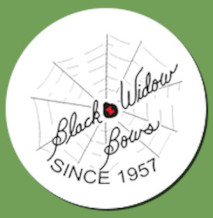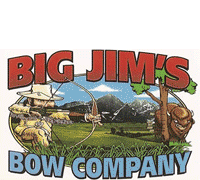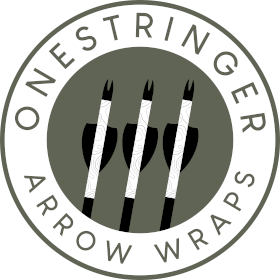Nice job and it does bring a fundamental awareness to the amount of cut per head in a 2 dimensional perspective but this only tells part of the story. Blade length acts on wound channels in a complex, 3 dimensional way as well. Tissues stretch around and over broadheads thereby making cuts potentially larger than their 2 dimensional foot print. Long broadheads entering on the skew (not perpendicular) to the animals side can make “raking gashes” much larger than their perpendicular cut would suggest. Same goes for any length broadhead, of course.
In short, a BH passing through an animal is a dynamic environment, all sorts of things happen. I fully agree with Tim, every situation is different & blood trails are unpredictable.
Interestingly enough, I was speaking with E. Donnell Thomas Jr. at K-zoo and all he primarily uses is Magnus II's (1 1/8") or Zwickey Eskimos on wood arrows. He has likely killed more animals than most of us can imagine.
I go back forth on this one but am tending back to wider 2 blade (> 1.5") or 3 blade (VPA) heads, at least for deer. Very frustrating to hit a deer so well and spend forever trying to find it. Considering a blood tracking Dachshund.
Kris














